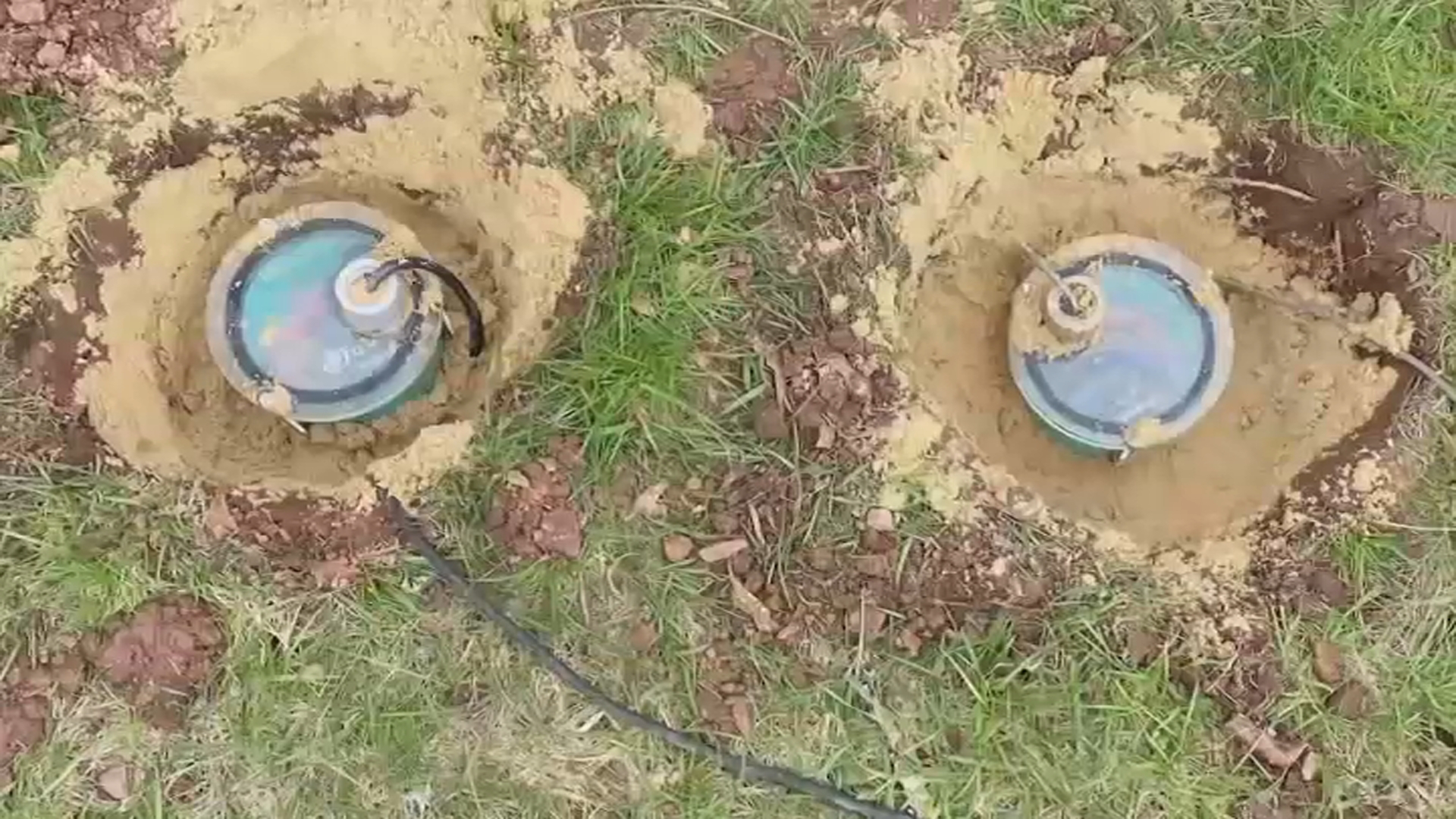New York City paramedics now have a new weapon in their fight to save lives: Cold.
Inducing hypothermia in cardiac arrest victims can prevent death, experts have found -- and city paramedics will now administer the treatment to most heart attack patients starting today.
When the body is cold, its functions become slower. That's why hypothermia therapy -- the process by which paramedics lower the body temperatures of patients by intravenously injecting them with cold fluids -- helps cardiac arrest victims.
When a person's heart stops beating, the muscles and brain no longer receive oxygen and subsequently deteriorate. Even when resuscitation is successful, victims sometimes suffer brain damage because the cells have asphyxiated and died.
"Hypothermia therapy slows down the brain's demand for oxygen, which in turn can prevent damage to brain cells resulting from cardiac arrest," said Mayor Bloomberg at a press conference yesterday, commemorating Phase II of New York City's "Project Hypothermia." The program, conducted by the City's Emergency Medical Services (EMS) and the Greater New York Hospital Association, studied the effects of administering hypothermia therapy on cardiac arrest victims.
During Phase I of "Project Hypothermia," cardiac arrest victims received hypothermia therapy upon arrival at one of the city's 43 participating hospitals.
Since January 2009, when Phase I began, the survival rate of cardiac arrest patients stabilized in an Emergency Room increased 20 percent, and the rate of hospital discharge increased 30 percent.
Local
Now, in Phase II of the project, paramedics will administer hypothermia therapy to patients with cardiac arrest before they arrive at the hospital in an effort to increase survival rates. If normal resuscitation methods -- such as the use of a defibrillator -- fail to restart a patient's heart, paramedics will use hypothermia therapy in the ambulance and on-the-spot when capable.
"Hypothermia therapy has helped patients recover from the traumatic experience and damage normally associated with cardiac arrest," said Fire Commissioner Salvatore J. Cassano at the press conference. "With our paramedics beginning this treatment sooner in the field, even more patients are going to benefit and we're going to do an even better job of saving and improving the lives of affected New Yorkers."
The Phase I study also found that seven out of ten patients who received hypothermia treatment left hospitals with little to none of the physical and mental effects associated with cardiac arrest and the corresponding tissue hypoxia (lack of oxygen).
"This innovative treatment, which has already been used to help hundreds of people survive and recover following cardiac arrest, will save lives and keep our city on the cutting edge of pre-hospital emergency medical care," said Bloomberg at the press conference.
The city's handling of hypothermia therapy may be cutting edge, but doctors have been observing the effects of hypothermia therapy for literally millenia. The ancient Greek physician Hippocrates wrote that wounded soldiers should be kept cool with ice and snow, notes Kees H. Polderman in his article "Application of therapeutic hypothermia in the ICU: opportunities and pitfalls of a promising treatment modality."
Since then, doctors around the world have been experimenting with induced hypothermia on humans and animals, but it wasn't until two 2002 studies published in the New England Journal of Medicine demonstrated the positive effects of hypothermia therapy on humans that the practice began to take root in American hospitals.



